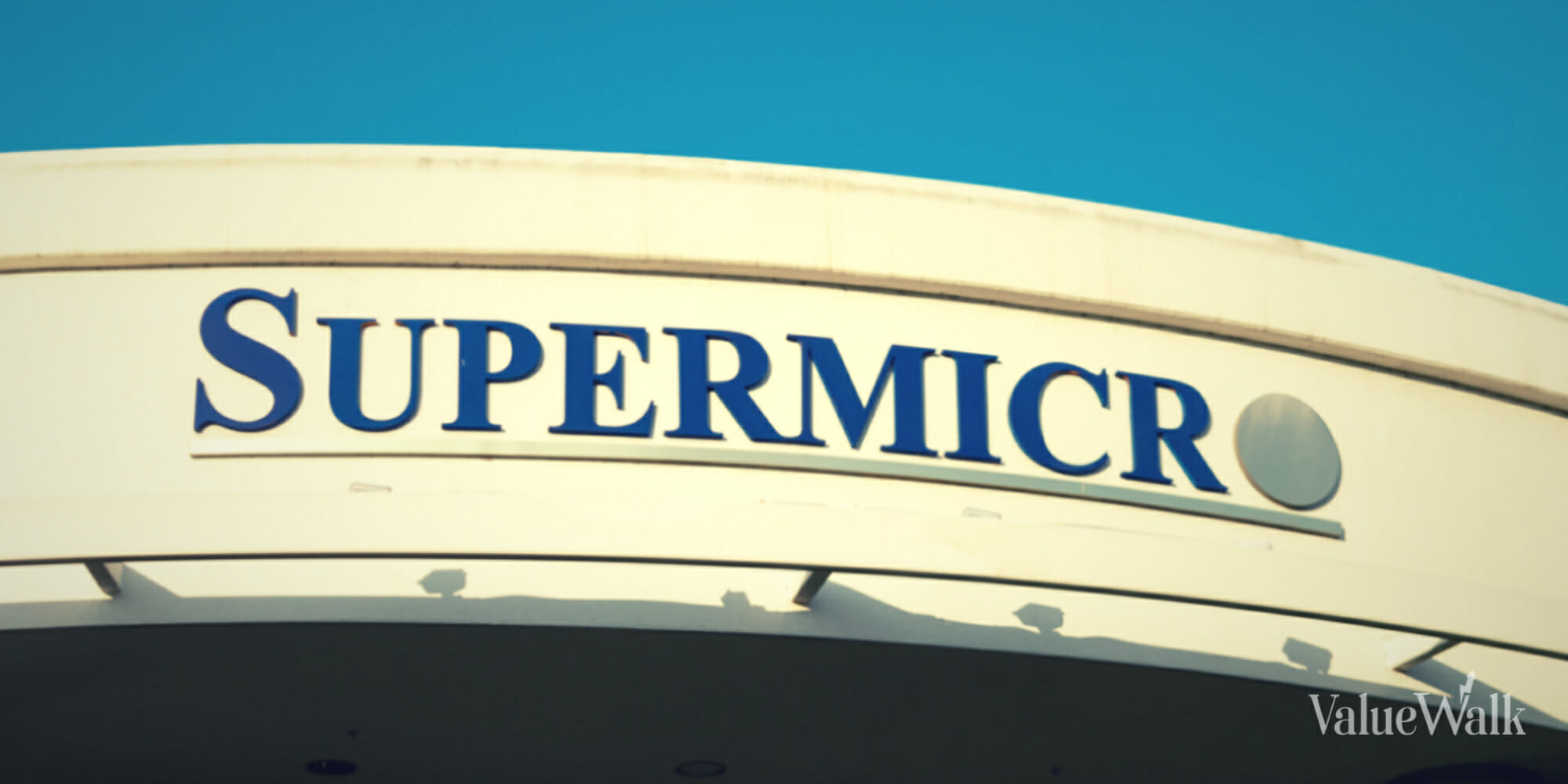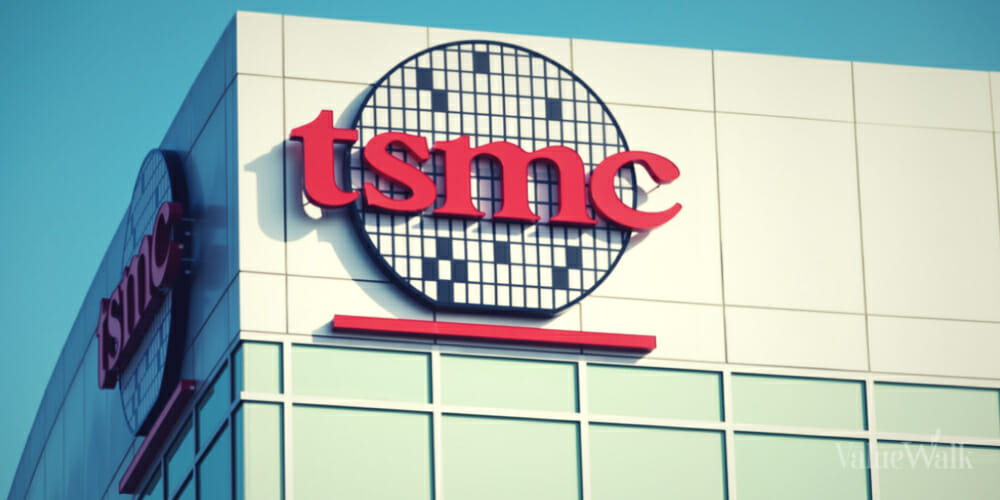CSI Compressco LP (CCLP) surprised many income investors last week when it announced a 50% cut to its distribution, sending its stock price tumbling by nearly 20%.
The company has been in business for more than 45 years and paid steady dividends until 2016, adding to the surprise and disappointment.
However, CSI Compressco was sending off a number of warning signals well in advance of its dividend cut.
Let’s take a closer look at the business and learn how income investors can avoid painful situations like these in the future and stay focused on safe high dividend stocks instead.
Business Overview
CSI Compressco provides compression services and equipment for natural gas and oil production, gathering, transportation, processing, and storage.
Natural gas compression is a mechanical process that is essential to the production and movement of natural gas.
Natural gas needs to be compressed for efficient processing, transportation and storage. By reducing the volume and increasing the pressure, pipeline systems can support much higher gas flow rates.
As you can see, compression is necessary throughout the full natural gas production and sales cycle, from the wellhead all the way through pipelines and storage facilities.
Compression is also a lift technique used for producing oil that otherwise has insufficient reservoir pressure.
Source: CSI Compressco Investor Presentation
CSI Compressco primarily makes money by providing compression services through fee-based contracts for its fleet equipment and personnel. Equipment sales and aftermarket services only account for 11% of the firm’s total gross margin.
The compression business has several appealing attributes. For one thing, compression is required numerous times throughout the value-chain from production to consumption.
It is also an essential service for production and midstream infrastructure, helping support continued demand throughout various commodity price environments.
CSI Compressco’s service contracts provide fairly predictable cash flow and extend to an average of more than 40 months on location.
As U.S. natural gas production continues to increase over the coming years thanks to the shale boom, demand for compression services is expected to rise, too.
However, none of these strengths were enough to save CSI Compressco’s dividend.
How CSI Compressco’s Distribution Cut Could Have Been Avoided
Firms that ultimately cut their dividends usually give off a number of distress signals well in advance, and CSI Compressco was no exception.
CCLP’s challenges began to form in July 2014, when Compressco acquired Compressor Systems (CSI) for $825 million. CSI was the largest privately held natural gas compression provider in the country.
As fate would have it, this transformative deal couldn’t have been more poorly timed, taking place right near the peak of the energy market.
The acquisition added substantial debt to the company’s balance sheet as well:
Source: Simply Safe Dividends
While it’s true that natural gas compression services are critical for production and midstream infrastructure, it’s also true that there are several major downsides to this business.
First, CSI Compressco is providing the service and owns most of its own natural gas compression equipment. For the company to make money, it needs to have its equipment base under contract and utilized out in the production fields.
When energy prices fall low enough, drilling rig counts drop, reducing demand for natural gas compression services.
You can see that oil and gas drilling rig counts are down sharply since late 2014.
Source: Energy Solutions Inc
As a result, CSI Compressco has had a more challenging time finding customers for its large fleet of equipment.
In fact, the company noted that its fleet utilization rate fell from 87.7% at the end of 2014 to 76.4% in 2016, driven by lower energy prices and falling rig counts.
Unfortunately, there is only so much CSI Compressco can do to cut back on costs when times get tough because its business has so many fixed costs.
The company’s capital-intensive fleet still needs to be maintained, even if much of it sits idle. As a result, CSI Compressco’s cash flow is very sensitive to its fleet utilization rate.
You can see that the firm’s EBITDA has declined steadily since late 2014, sending a clear warning signal.
The company’s distributable cash flow also fell 55% in 2016, spelling bad news for the distribution’s safety.
Looking at the company’s latest earnings release, CSI Compressco’s distribution coverage was just 0.68x in the fourth quarter of 2016, down from 1.11x in the first quarter.
Once again, this should have raised some red flags, especially when compared to the company’s longer-term history. For example, CSI Compressco’s distribution coverage was 1.52x and 1.71x in 2015 and 2014, respectively.
Some companies can temporarily afford to continue paying distributions even when times get tough if they have a healthy enough balance sheet.
Unfortunately, that clearly wasn’t the case for CSI Compressco. The company’s leverage ratio was dangerously close to reaching the limit agreed to under its debt covenant agreement.
Essentially, management was under even greater pressure to save cash and preserve the balance sheet until industry conditions improved.
With the recovery in oil and gas taking longer than expected and cash flow declining thanks to weak fleet utilization rates, CSI Compressco decided to cut its distribution by 50% to protect the balance sheet.
Here is what the firm’s President Timothy Knox said:
“As the general recovery of the oil and gas sector takes longer to positively impact our sales and services business than was anticipated, we believe it prudent to adjust our distribution. We will continue to take aggressive actions on both cost and revenue opportunities, protect our balance sheet, and remain focused on serving our customers in order to maximize the long-term value and return to our unitholders.”
Management first cut the distribution by 25% in early 2016, which could have served as yet another warning. Many companies that reduce a distribution once are likely to cut again in the future if conditions remain harsh.
CSI Compressco’s Dividend Safety Score
Keeping track of all that information for one company can be challenging, much less for the dozens of holdings in an entire portfolio.
To more easily manage dividend risk, we created a Dividend Safety Score to help us answer the question, “Is the current dividend payment safe?”
We look at some of the most important financial metrics such as current and historical payout ratios, debt levels, free cash flow generation, industry cyclicality, and more.
Dividend Safety Scores range from 0 to 100, and conservative dividend investors should stick with firms that score at least 60. Since tracking the data, companies cutting their dividends had an average Dividend Safety Score below 20 at the time of their dividend reduction announcements.
CSI Compressco had a Dividend Safety Score of 4 prior to announcing its distribution cut, indicating that its payout was one of the riskiest in the market.
The reasons for the firm’s weak Dividend Safety Score were largely covered above – unsustainable payout ratios, too much debt, deteriorating business results, and a lack of commitment to the distribution as evidenced by the company’s first cut in 2016.
We wrote a detailed analysis reviewing how Dividend Safety Scores are calculated, what their real-time track record has been, and how to use them for your portfolio here.
Since we began tracking real-time data on all dividend cut announcements, you can see that most companies scored below 40 before the news of their payout reduction, with larger dividend cuts corresponding with lower scores.
In other words, by staying on top of some of the key risk factors that impact a dividend’s safety, investors can avoid many of companies that are most likely to cut their payouts.
Natural gas – Closing Thoughts on CSI Compressco’s Distribution Cut
Large acquisitions often result in trouble, especially when they strain a company’s balance sheet and involve the purchase of a cyclical, capital-intensive business when macro conditions are peaking.
Compressco’s transformative acquisition of CSI in 2014 significantly increased the firm’s risk profile and ultimately led to the two distribution cuts that took place over the last year and a half after energy markets dropped.
Master limited partnerships have a number of unique risks to be aware of, especially their high payout ratios, meaningful financial leverage, and dependence on capital markets for growth.
However, by reviewing a company’s distribution coverage ratio, credit metrics, and recent business results, many of the riskiest sources of income can be avoided well in advance of a payout cut announcement.
Dividend investors can learn five other tips to find safer stocks here.





